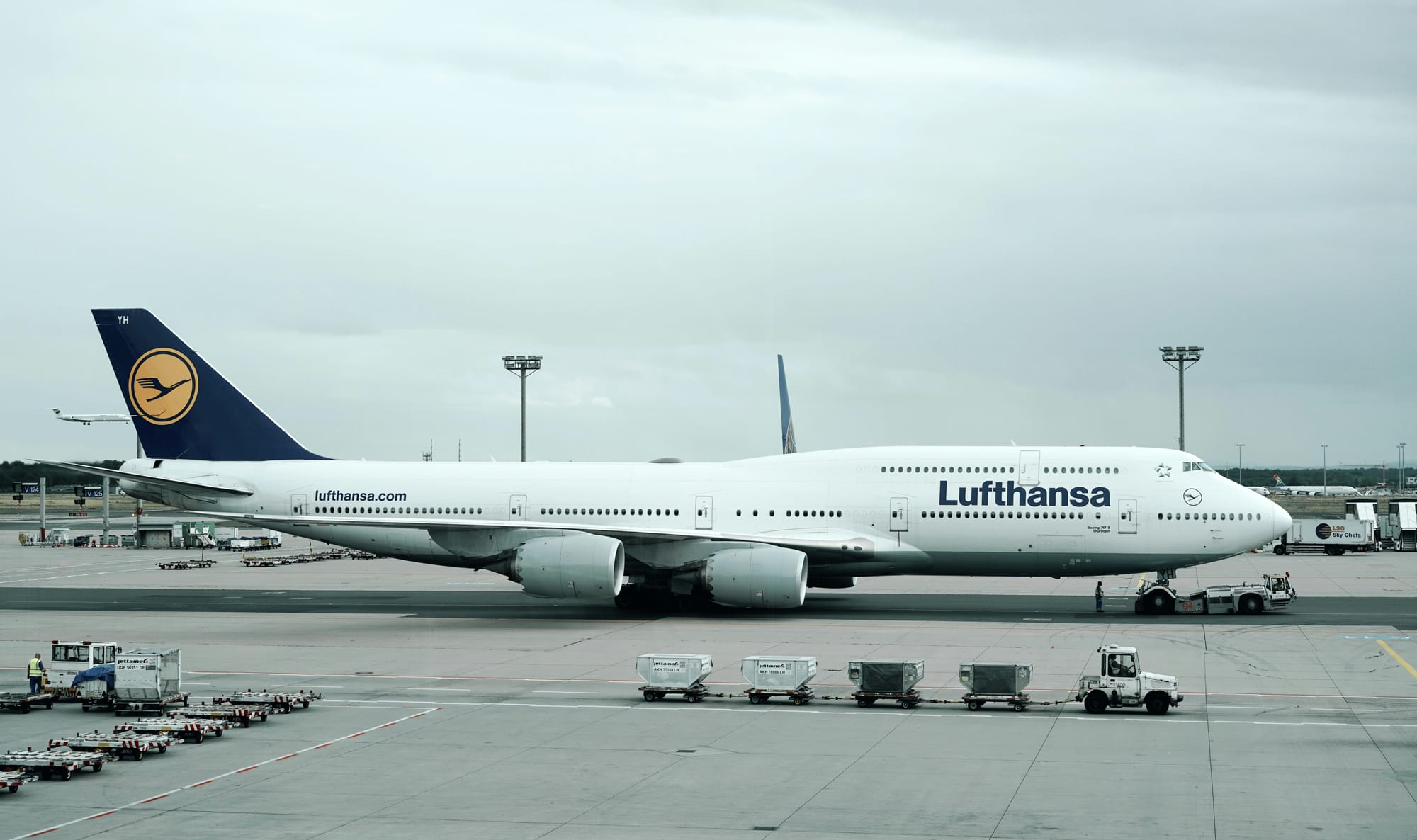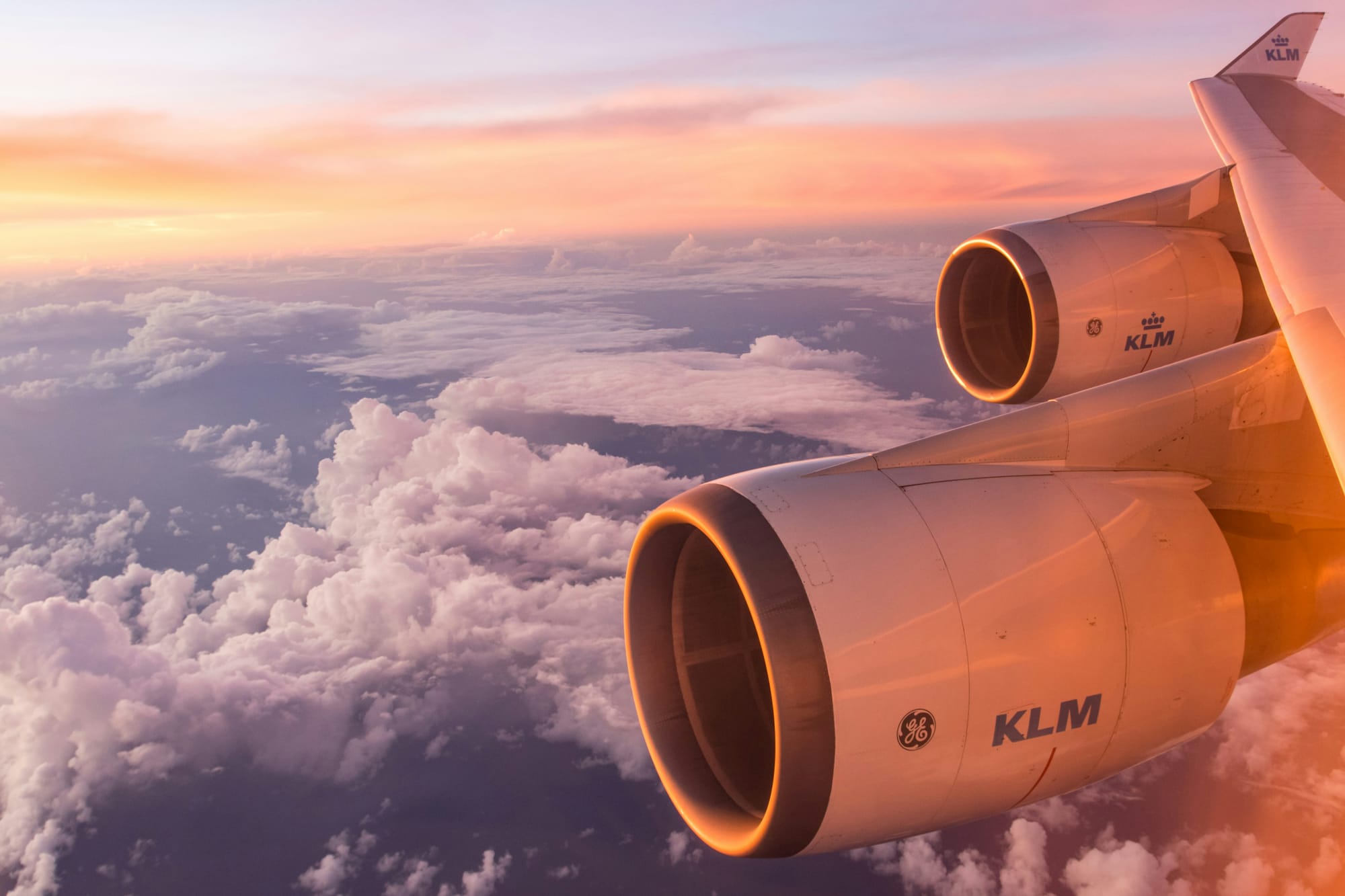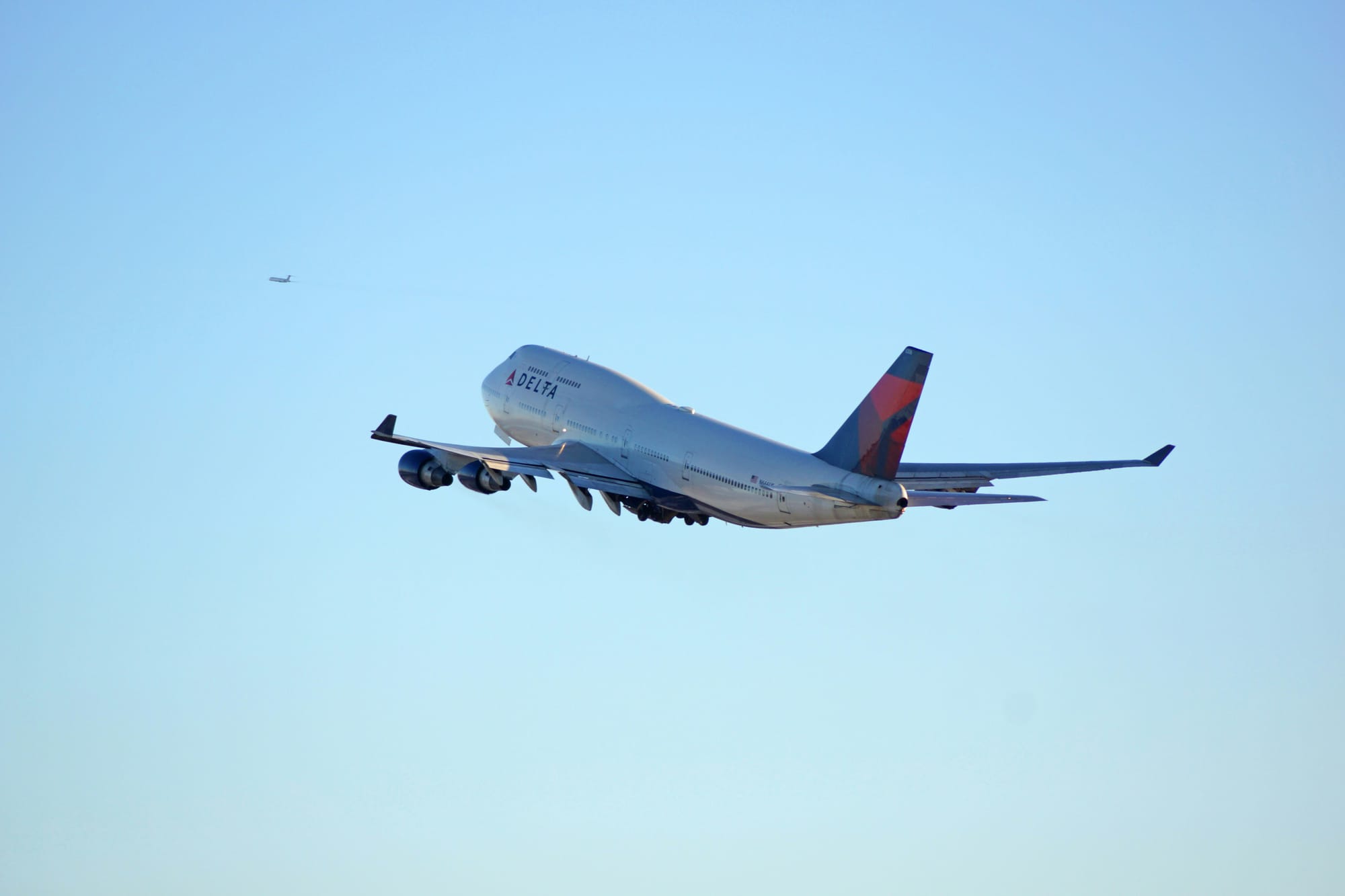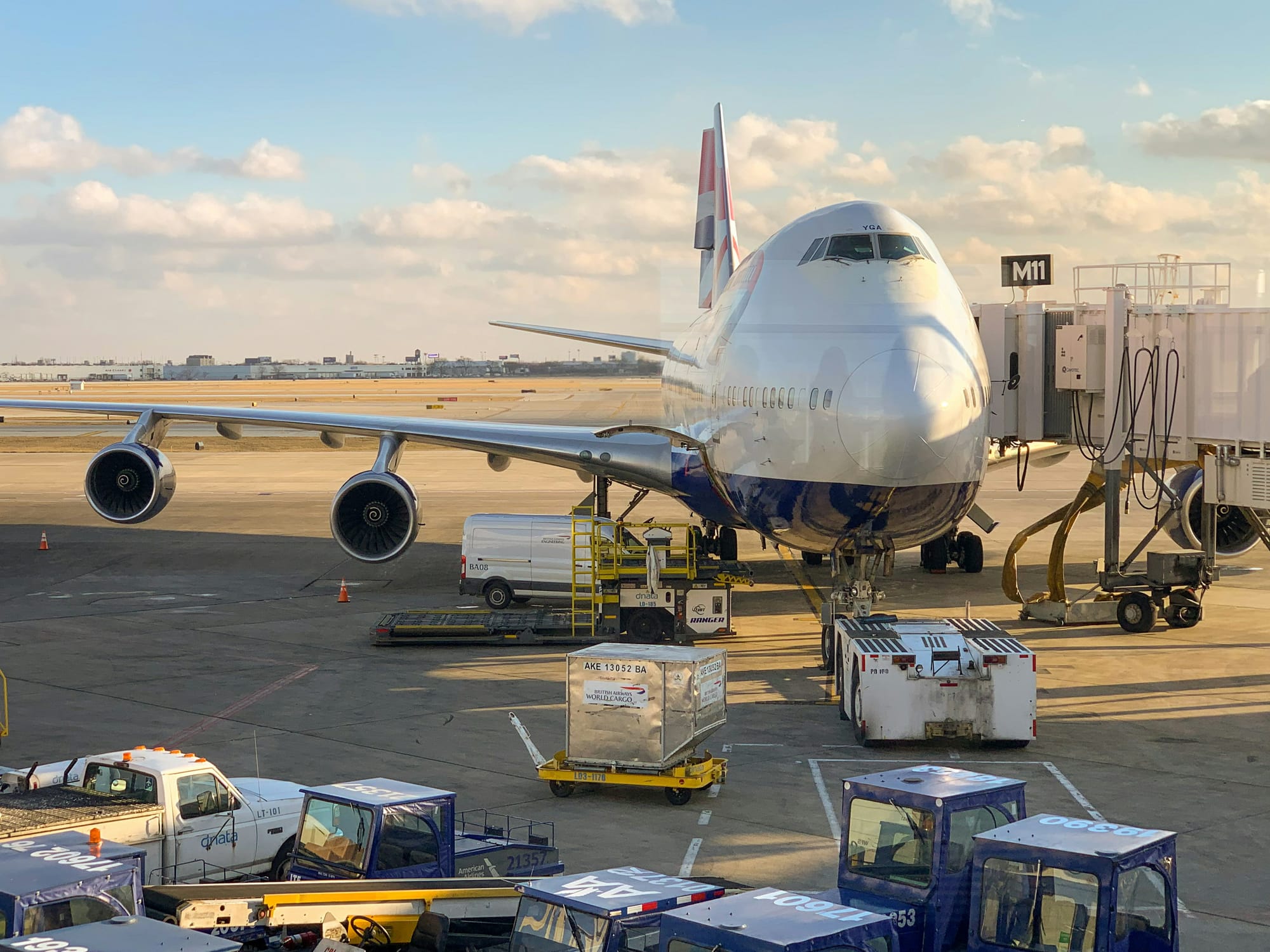The Queen of the Skies No More: Why the Boeing 747 Era Is Over

The Boeing 747, a plane synonymous with the jet age, has slowly taxied towards the sidelines of commercial aviation. Once a revolutionary aircraft dwarfing all others, the "Queen of the Skies" struggles to compete with the sleek efficiency of modern jets. While it will always hold a special place in aviation history (and my heart), several factors have conspired to ground the 747 on most passenger routes.
Fuel Efficiency

The biggest thorn in the side of the 747 is its fuel consumption. Four massive engines may have been a marvel of engineering in the 1960s, but today's twin-engine jets boast impressive efficiency thanks to advancements in materials science and engine design. These modern marvels sip fuel compared to the gas-guzzling 747, translating into significantly higher operating costs for airlines in an era of volatile fuel prices. Every gallon saved translates to a significant cost advantage, and airlines are naturally gravitating towards aircraft that offer the most bang for their buck.
From Hubs to Direct Routes

The way we travel has changed. Airlines have transitioned from a hub-and-spoke model, where passengers connected through central airports, to a more point-to-point approach. Passengers now favor direct flights, and airlines are responding with smaller, more efficient aircraft that can handle these in-demand routes. The sheer size of the 747, designed to ferry hundreds of passengers across continents, becomes a disadvantage in this scenario. Airlines struggle to fill all those seats consistently, leading to lower profits and a less attractive proposition.
ETOPS Regulations

Extended-range Twin-engine Operational Performance Standards (ETOPS) used to be a major concern for long-haul flights, particularly over water. These regulations limited how far twin-engine aircraft could fly from a suitable diversion airport in case of engine failure. However, advancements in engine reliability and redundancy have led to a relaxation of ETOPS regulations. Modern twin-engine jets can now fly vast distances safely, eliminating a key advantage of the four-engine 747 for long-haul routes over water.
Maintenance Matters: Multiplying the Costs

Simplicity is king when it comes to airline economics. With four engines, the 747 requires significantly more maintenance compared to its twin-engine counterparts. Every engine is an additional system to inspect, maintain, and potentially repair. These costs add up quickly, further eroding the economic viability of operating a fleet of 747s. Airlines are constantly looking to streamline their operations and reduce costs, and the maintenance burden of the 747 simply becomes too much to bear for most carriers.
Final Thoughts
The 747's story isn't entirely one of decline. While its reign in passenger travel may be nearing its end, the "Queen of the Skies" is still a valuable asset in the cargo market. Its immense capacity allows it to haul massive quantities of freight across continents, making it a favorite of logistics companies. Additionally, some airlines continue to operate passenger 747s on high-demand routes, particularly those catering to a large volume of leisure travelers.
The legacy of the Boeing 747 as a game-changer in aviation is undeniable. It opened up new possibilities for long-haul travel and democratized air travel for millions. But as technology continues to advance and fuel efficiency remains a top priority, the 747 will likely become a cherished memory of a bygone era in aviation. The skies will continue to be busy, but they will be dominated by a new generation of more efficient and economical aircraft.





